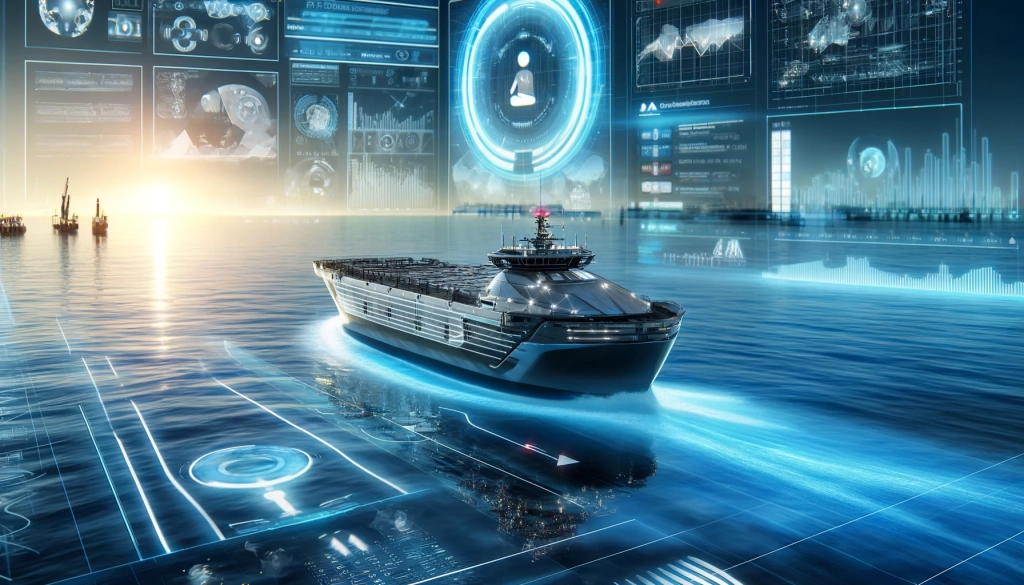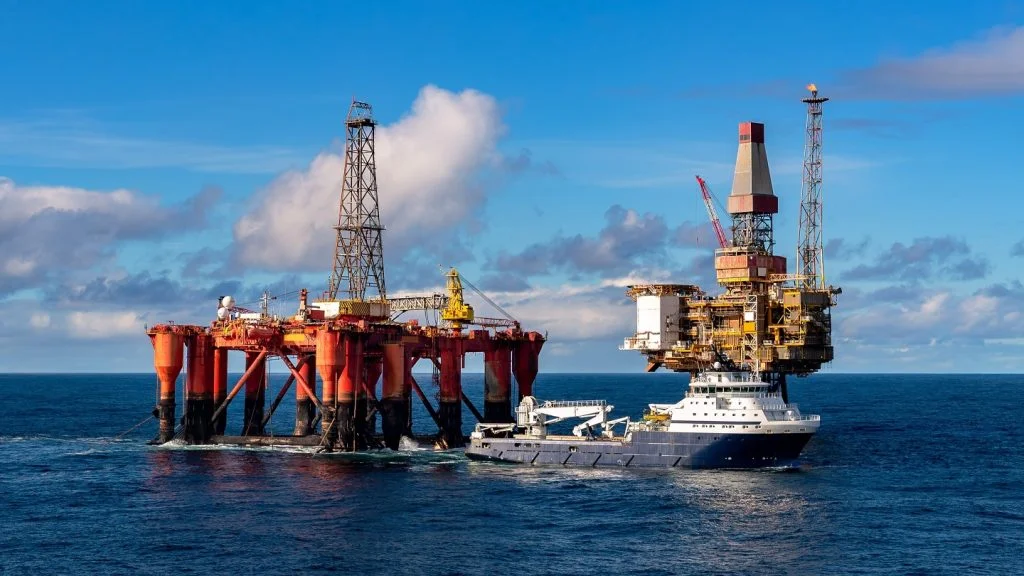
The Maritime Technologies Complex industry has constantly performed a critical function in international trade, security, and exploration. But, because the needs on the arena’s oceans boom, the want for advanced technologies to control these assets turns into ever more urgent. The Maritime technologies complicated is at the leading edge of this innovation, riding the development and integration of technology that shape the destiny of ocean-based industries. This article explores the significance of maritime technologies, their additives, applications, and the destiny of this complicated enterprise.
Understanding Maritime Technologies Complex
Maritime technologies confer with a number innovations designed to assist various sports in marine environments. Those technology are applied in transport, offshore energy manufacturing, marine research, and environmental monitoring, amongst different regions. The Maritime technology complex represents the superior integration of those improvements right into a cohesive system that may cope with present day challenges in ocean exploration, resource control, and international alternate.
Key Components of Maritime Technologies
1. Autonomous Vessels and Robotics:
- Independent surface vessels (ASVs) and underwater drones are revolutionizing how we behavior research and monitor the ocean.
- These technology allow for unmanned exploration, reducing risks to human life and supplying more green statistics collection.
2. Renewable Energy Platforms:
- Offshore wind farms, wave strength converters, and tidal energy systems are a part of the maritime technologies geared toward harnessing ocean electricity sustainably.
- These structures make contributions to the worldwide transition toward renewable strength assets.
3. Maritime Communication and Navigation:
- Advanced satellite communique systems and GPS technology make certain seamless navigation and conversation for ships throughout giant oceans.
- Real-time records change enables in optimizing delivery routes and enhancing protection.
4.Marine Environmental Monitoring:
- Technologies inclusive of far flung sensing, underwater sensors, and AI-pushed facts analytics assist monitor marine ecosystems and locate modifications in real-time.
- These technologies are important for expertise and mitigating the effect of human sports on marine existence.
5. Cybersecurity and Data Management:
- As maritime structures come to be greater interconnected, the need for robust cybersecurity measures grows.
- Securing communique networks, statistics garage, and operational systems from cyber threats is a vital issue of the maritime technologies complicated.
Applications of Maritime Technologies Complex
The maritime technologies complicated unearths packages across diverse industries and fields, each contributing to the sustainable use and protection of the oceans.
1. Shipping and Logistics
- Autonomous transport: With the development of self sustaining vessels, shipping companies are lowering human mistakes, lowering charges, and growing the efficiency of worldwide alternate routes.
- Smart Ports: Technological improvements in port operations, which includes automated cranes and AI-driven logistics systems, streamline the dealing with of goods, lowering delays and enhancing supply chain performance.
2. Offshore Energy Production
- Wind and Wave electricity: The deployment of wind turbines and wave strength converters off coastlines is main to a surge in renewable energy manufacturing. This reduces the reliance on fossil fuels and allows meet worldwide electricity needs sustainably.
- Oil and gasoline Exploration: Although the world is transferring closer to renewables, offshore oil and gasoline exploration remains crucial. superior drilling technologies and far flung tracking structures permit for safer and more efficient extraction procedures.
3. Marine Research and Exploration
- Oceanography: Independent underwater vehicles (AUVs) and remotely operated automobiles (ROVs) allow scientists to explore the ocean depths, mapping underwater terrains and reading marine ecosystems.
- Marine Conservation: Technologies that reveal water high-quality, song endangered species, and degree oceanic adjustments are crucial for conservation efforts aimed at protective marine biodiversity.
4. Defense and Security
- Naval defense: Modern-day navies rely on state-of-the-art technologies which include underwater drones, sonar systems, and cyber protection structures to make certain countrywide protection in maritime territories.
- Piracy Prevention: Satellite tv for pc monitoring, computerized surveillance systems, and real-time communique technologies assist fight piracy and make certain the protection of worldwide shipping lanes.
Steps to Integrating Maritime Technologies Complex
Integrating maritime technologies into current systems requires a well-structured technique. beneath are the important thing steps worried:
1. Assessment and Planning:
- Check contemporary wishes and demanding situations on your maritime operations.
- Plan the integration of particular technology that cope with those wishes, such as self sufficient structures, renewable strength structures, or advanced conversation networks.
2. Collaboration and Partnerships:
- Collaborate with era developers, research institutions, and maritime stakeholders to advantage get entry to to the brand new improvements.
- Shape partnerships to share information and assets that boost up technological adoption.
3. Infrastructure Development:
- Increase or upgrade present infrastructure to support new technology. For example, ports may need to upgrade their conversation systems to handle self reliant vessel traffic.
- Ensure that energy grids are prepared to combine energy generated by means of offshore renewable energy structures.
4. Training and Capacity Building:
- Teach employees on the use of recent technologies, ensuring that they’re ready to manage self reliant vessels, superior tracking systems, or cybersecurity equipment.
- Awareness on capacity constructing to keep a professional team of workers that can support the continuing evolution of maritime technologies.
5. Compliance with Regulations:
- Make sure that the mixing of recent technology complies with worldwide maritime rules and environmental standards.
- Live updated with regulatory changes as new technology emerge as greater extensively followed.
6. Testing and Implementation:
- Take a look at the technology in managed environments before full-scale implementation. as an example, self sufficient vessels should undergo trials to make certain safety and capability.
- Once tested, put in force the technologies regularly, allowing for changes and enhancements primarily based on actual-global performance.
FAQs on Maritime Technologies Complex
1. What is the Maritime Technologies Complex?
The Maritime technologies complicated refers to the superior integration of diverse maritime innovations, inclusive of autonomous vessels, renewable strength systems, and superior communique systems, to assist marine sports.
2. How do autonomous vessels work?
Independent vessels use advanced sensors, AI, and satellite tv for pc verbal exchange to navigate and operate without human intervention. they are able to carry out tasks consisting of tracking, cargo delivery, and statistics collection.
3. What are the benefits of renewable energy platforms in maritime technology?
Renewable strength platforms, inclusive of offshore wind farms and wave strength converters, provide sustainable electricity answers, lessen carbon emissions, and assist meet global strength demands.
4. How does maritime technology contribute to environmental conservation?
Technologies like far flung sensing, underwater sensors, and AI-driven records analytics help screen marine ecosystems, stumble on pollution, and track endangered species, contributing to conservation efforts.
5. Why is cybersecurity important in maritime technologies?
As maritime structures emerge as more interconnected, strong cybersecurity is critical to protect verbal exchange networks, operational structures, and facts from cyber threats, making sure secure and reliable maritime operations.
Conclusion
The Maritime technology complicated is essential for the destiny of ocean-based industries, offering advanced answers that enhance efficiency, safety, and sustainability. From self sustaining vessels to renewable electricity structures, those technology are reworking the manner we engage with the arena’s oceans. by way of embracing and integrating these improvements, the maritime industry can meet the challenges of the twenty first century, ensuring that the oceans remain a crucial resource for generations to come back.






